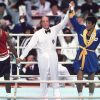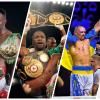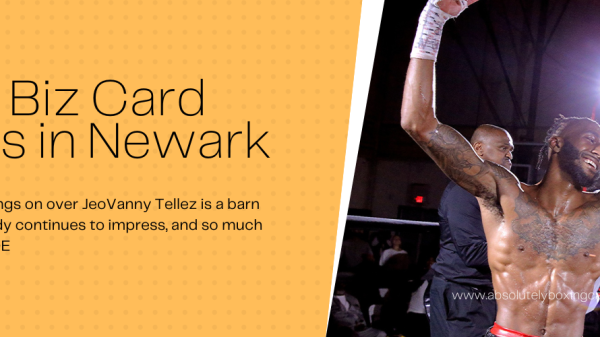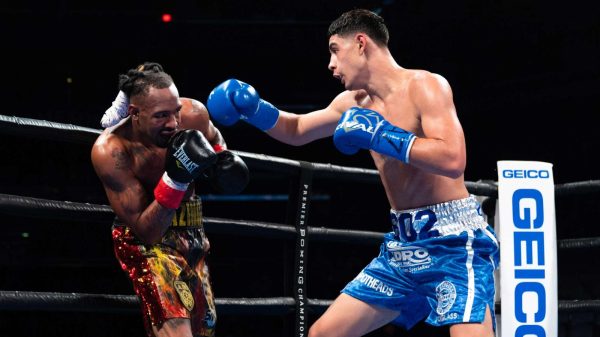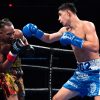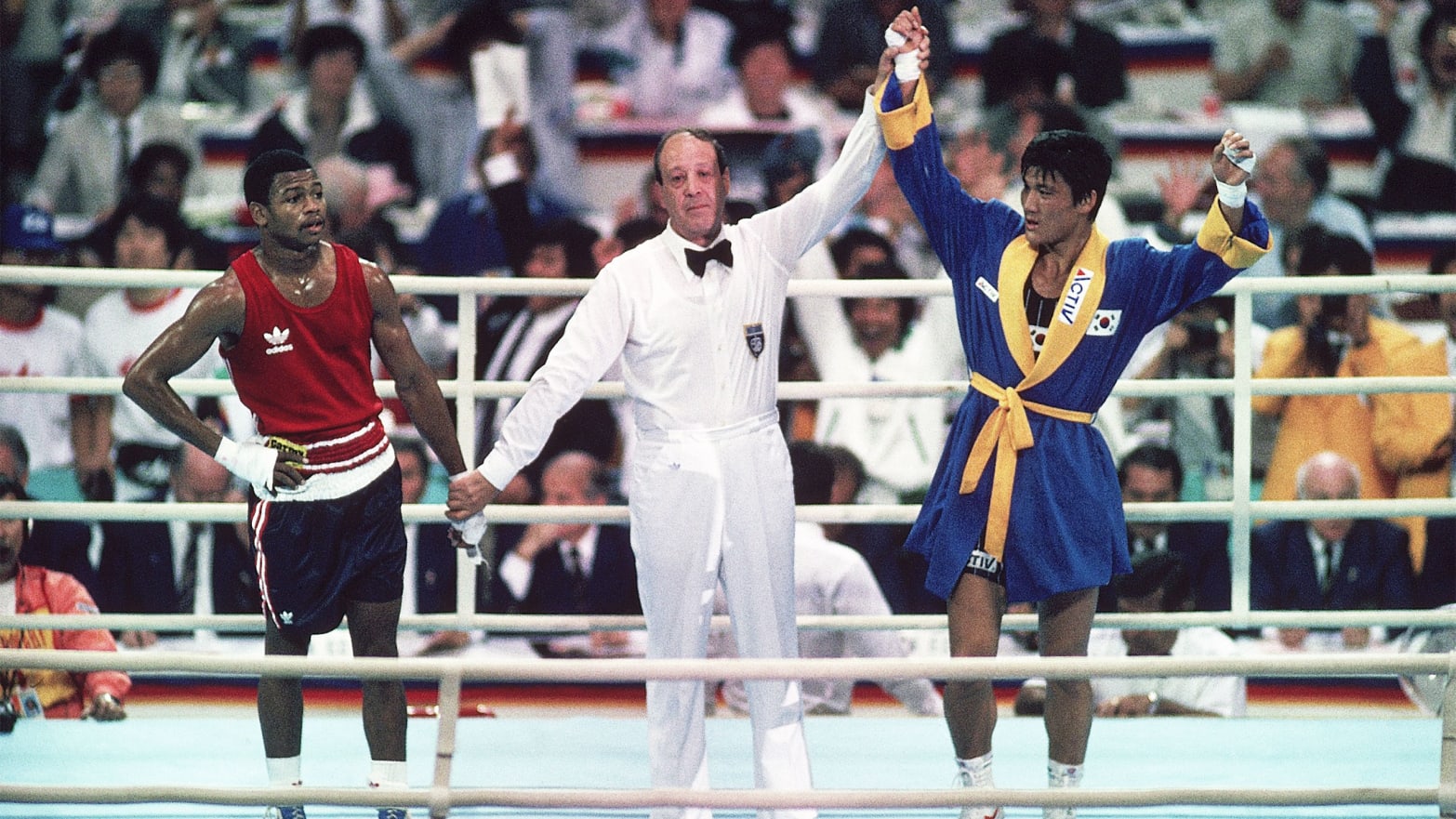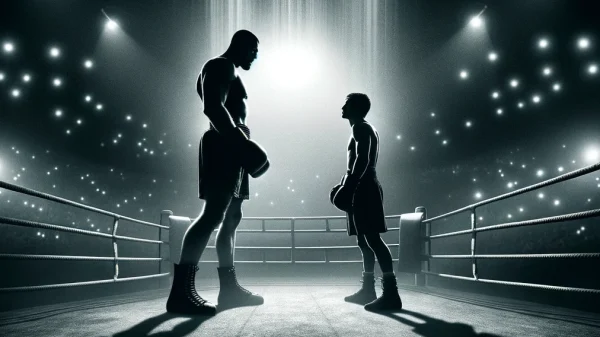The Middleweight division in boxing, accommodating fighters up to 160 pounds, has long been revered for its unique blend of speed, power, and technical skill, making it one of the sport’s most compelling weight classes. This division has historically been a battleground for fighters who possess the agility and finess of the lighter classes, combined with a significant portion of the heavyweight’s power, creating a perfect balance that has often led to some of the most dynamic and memorable bouts in boxing history. The Middleweight division’s roots can be traced back to the 19th century, with its early history marked by legendary figures who set the foundations for what would become a storied lineage of champions. One of the earliest and most notable middleweight champions was Nonpareil Jack Dempsey, an Irish-born boxer who reigned during the late 1880s. Dempsey’s prowess and dominance in the ring helped to elevate the middleweight division’s status and set a high standard for the champions who would follow.
As the sport of boxing evolved into the 20th century, the middleweight division continued to grow in prestige, with champions like Stanley Ketchel, known for his ferocious punching power, and Harry Greb, celebrated for his incredible work rate and durability, contributing to the division’s rich history. These early middleweight fighters were not just athletes; they were pioneers of the sport, employing strategies and techniques that would influence generations of boxers to come.
Middleweight Monarchs: The Reign of the Four Kings
The “Four Kings” era of middleweight boxing, a term that broadly encompasses the careers and rivalries of Sugar Ray Leonard, Marvin Hagler, Thomas Hearns, and Roberto Durán during the late 1970s through the 1980s, stands as one of the most illustrious chapters in the sport’s history. This period was characterized by a series of legendary bouts that not only defined the careers of these four iconic fighters but also elevated the middleweight division to new heights of popularity and prestige. While not all of their historic encounters took place within the middleweight limit, their battles around this weight class captured the imagination of the boxing world and showcased the extraordinary skill, courage, and competitive spirit that defined this golden era. Marvin Hagler, known for his granite chin, relentless aggression, and southpaw stance, was the embodiment of the middleweight ethos, holding the undisputed middleweight championship for seven years. His 1987 clash with Sugar Ray Leonard, one of the most anticipated bouts in boxing history, epitomized the era’s drama and controversy, with Leonard’s comeback and split decision victory sparking debates that continue to this day.
Roberto Durán, moving up from lighter weight classes, brought with him an indomitable will and fearsome reputation as “Hands of Stone.” His epic battles, particularly his first fight with Sugar Ray Leonard in 1980, which he won, showcased the tactical depth and psychological warfare that were hallmarks of this era. Durán’s ability to compete fiercely in higher weight classes underscored the era’s competitiveness and the thin margins that separated victory from defeat.
Thomas Hearns, with his devastating punching power and rangy build, was a formidable force in the division, engaging in memorable wars that are etched in boxing lore. His 1985 fight with Marvin Hagler, known as “The War,” lasted only three rounds but is remembered for its ferocious pace and the extraordinary display of power and resilience from both fighters.
Sugar Ray Leonard, the charismatic Olympic gold medalist, was the era’s superstar, whose technical brilliance and strategic acumen allowed him to navigate the treacherous waters of the middleweight division successfully. Leonard’s fights with Hearns, Durán, and Hagler were not just sporting events; they were cultural phenomena that transcended the sport, drawing in a global audience and elevating the profile of boxing.
The “Four Kings” era was more than just the sum of its fights; it was a time of intense rivalry and mutual respect among four of the greatest fighters of all time, each of whom brought out the best in the others. Their battles were marked by a level of skill, heart, and determination that has seldom been matched in the history of the sport. These were fighters who were willing to risk everything, to step into the ring against the very best, to test themselves and each other in pursuit of greatness.
This period also reflected broader shifts within the sport of boxing and the cultural landscape of the time. The rise of cable television and pay-per-view broadcasts helped to make the “Four Kings” household names, while the economic and social dynamics of the 1980s added layers of significance to their encounters. The era was marked by a blend of sportsmanship and showmanship, with each of the “Four Kings” embodying the ethos of the warrior-athlete while also engaging in the kind of promotional antics that helped to sell fights and build their legends.
The Middleweight Mastery of the ’90s and 2000s
The 1990s and 2000s in middleweight boxing were transformative decades that saw the division redefine itself through a series of iconic fighters, groundbreaking bouts, and a global expansion that brought new levels of attention and prestige. The 1990s kicked off with the tail end of the legendary Marvin Hagler’s influence still resonating, despite his retirement, setting a high benchmark for the champions to come. This era was soon marked by the rise of Bernard Hopkins, whose name would become synonymous with middleweight boxing for over a decade. Hopkins, known as “The Executioner,” brought an unmatched blend of technical skill, ring IQ, and strategic acumen, dominating the division with a record-setting middleweight title defense streak that showcased not just his prowess but also the evolving nature of the sport, emphasizing longevity and career management. His epic battles, particularly his unification bout against Félix Trinidad in 2001, encapsulated the era’s competitive spirit and the division’s global appeal.
Simultaneously, the 1990s and 2000s were characterized by the emergence of Roy Jones Jr., a fighter whose athleticism, speed, and power transcended weight classes. Although Jones Jr. spent a significant part of his career fluctuating between divisions, his stint in the middleweight and super middleweight categories left an indelible mark, contributing to the era’s narrative of versatility and cross-divisional legacy building. The era also saw the likes of James Toney and Mike McCallum, fighters known for their toughness and technical skills, adding depth to the division and engaging in memorable duels that further enriched middleweight history.
The late 1990s and early 2000s witnessed the arrival of fighters from Eastern Europe and Central Asia, adding a new dimension to the division. This period saw Kazakhstani powerhouse Gennady Golovkin begin his ascent, bringing with him a fearsome knockout power and an iron chin that would see him become one of the division’s most dominant champions in the years to follow. Golovkin’s reign, characterized by his thrilling bouts and pursuit of unification, highlighted the division’s ongoing appeal and competitiveness.
The 2000s also marked the rise of Jermain Taylor, who would end Hopkins’s long reign, symbolizing a generational shift and the constant cycle of challenge and renewal that defines the sport. Taylor’s subsequent battles with Kelly Pavlik, another standout fighter of the era known for his come-from-behind knockout power, showcased the depth of talent in the division and the dramatic narratives that unfolded within the squared circle.
As the 2000s progressed, the middleweight division continued to evolve, with Sergio Martínez of Argentina bringing a unique style and athleticism that redefined what it meant to be a middleweight champion. Martínez’s memorable victories, particularly his dramatic win over Julio César Chávez Jr., captured the imagination of fans and underscored the division’s capacity for producing high-stakes drama and technical brilliance.
Throughout these decades, the middleweight division was not just about the champions but also about the rich tapestry of contenders and rising stars who contributed to its vibrancy. The division’s narrative was shaped by a blend of styles, backgrounds, and personal stories, from the technical wizardry of Winky Wright to the resilience and heart of Felix Sturm, creating a dynamic and competitive landscape that kept fans engaged and invested.
Moreover, the 1990s and 2000s in middleweight boxing reflected broader shifts within the sport, including the impact of global broadcasting, the rise of pay-per-view, and the increasing influence of promotional organizations. These factors, combined with the fighters’ compelling narratives and the division’s storied history, contributed to a period of significant growth and transformation, setting the stage for the next generation of middleweight stars.
The Middleweight Division’s New Era in the 2010s
The 2010s in the middleweight division of boxing represented a dynamic and transformative era, marked by the emergence of new stars, thrilling rivalries, and bouts that captured the global imagination. This period was characterized by a blend of technical mastery, strategic brilliance, and raw power, showcasing the evolution of the sport and the enduring appeal of the middleweight class.
Central to the narrative of the 2010s was the reign of Gennady “GGG” Golovkin, whose dominance in the division became a defining feature of the era. Golovkin, hailing from Kazakhstan, brought an aggressive style, coupled with a remarkable knockout power and an iron chin, that saw him ascend to the top of the division and remain there for much of the decade. His pursuit of unification and a record-tying number of title defenses underscored the competitive spirit and high stakes that defined middleweight boxing during this period. Golovkin’s memorable battles, particularly his two epic encounters with Mexican superstar Canelo Álvarez, epitomized the era’s drama and competitive intensity. These bouts, filled with technical brilliance, strategic chess matches, and moments of sheer power, not only drew massive global audiences but also sparked debates and discussions that transcended the sport, highlighting the middleweight division’s capacity to captivate and engage.
Canelo Álvarez, a fighter known for his exceptional counterpunching skills, speed, and versatility, became another central figure in the division’s narrative during the 2010s. Álvarez’s rise through the weight classes and eventual establishment as a middleweight force brought a new level of attention to the division. His fights against Golovkin, along with battles against other top contenders like Daniel Jacobs and Sergey Kovalev, showcased the division’s depth of talent and the global nature of its appeal. Álvarez’s ability to draw fans from around the world and engage in high-profile bouts underscored the middleweight division’s significance in the broader landscape of boxing.
The 2010s also saw the emergence of other notable fighters who contributed to the division’s vibrancy. Daniel Jacobs, known as “The Miracle Man” after his successful battle with cancer, brought a compelling personal story and a dynamic fighting style to the division. His technical skills, power, and resilience made him a perennial contender and a key player in some of the era’s most significant bouts. Similarly, British fighter Billy Joe Saunders and Canadian David Lemieux added depth to the division with their unique styles and memorable performances, further enriching the competitive landscape.
The era was also marked by the influence of emerging markets and global platforms in the sport. The rise of streaming services and international broadcasting expanded the reach of middleweight bouts, bringing them to a wider audience and elevating the profiles of the division’s stars. This global exposure, combined with the rise of social media, allowed fans unprecedented access to fighters’ lives and training, fostering a deeper connection and engagement with the sport.
Moreover, the 2010s in the middleweight division reflected broader trends in boxing, including an increased emphasis on fighter health, safety, and career longevity. The strategic management of careers, choice of opponents, and the timing of bouts became crucial elements in a fighter’s trajectory, reflecting a more nuanced and strategic approach to the sport.




